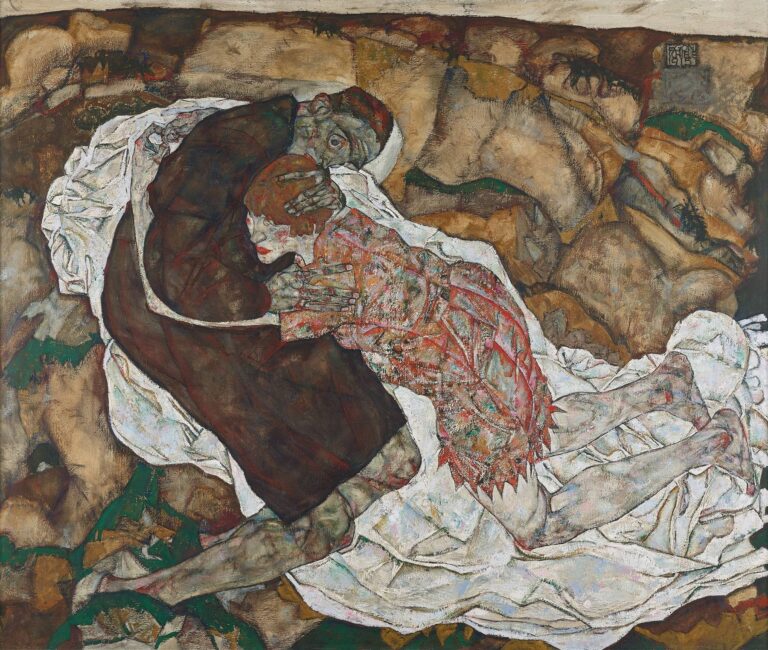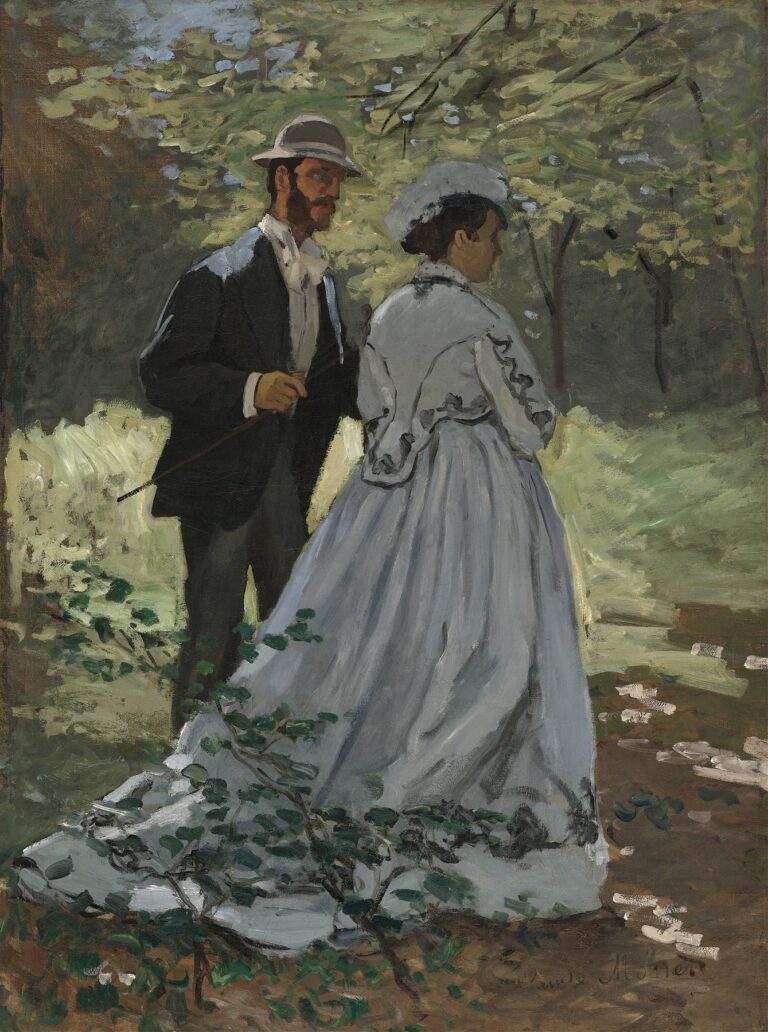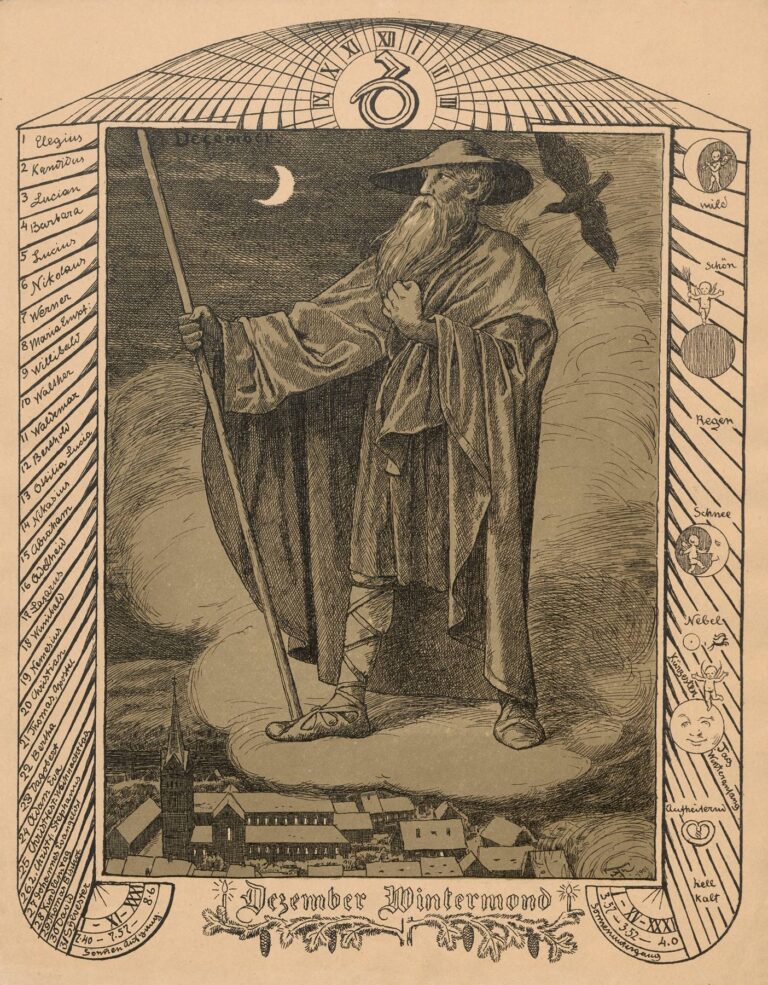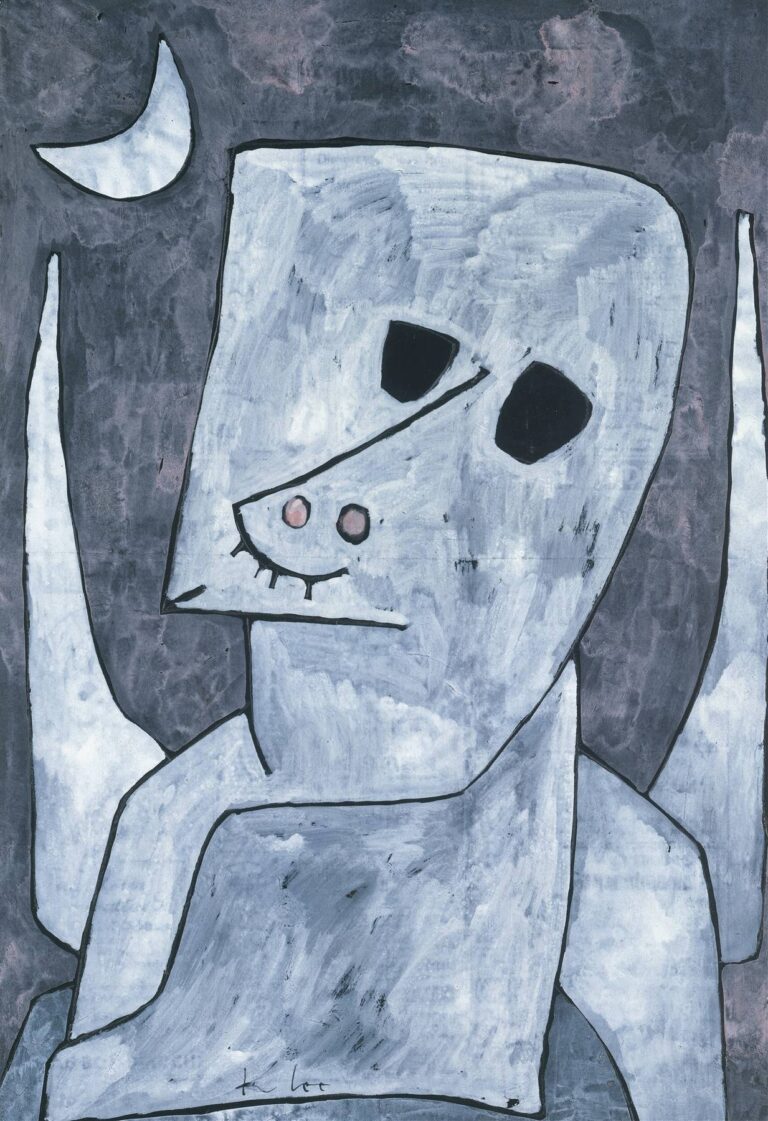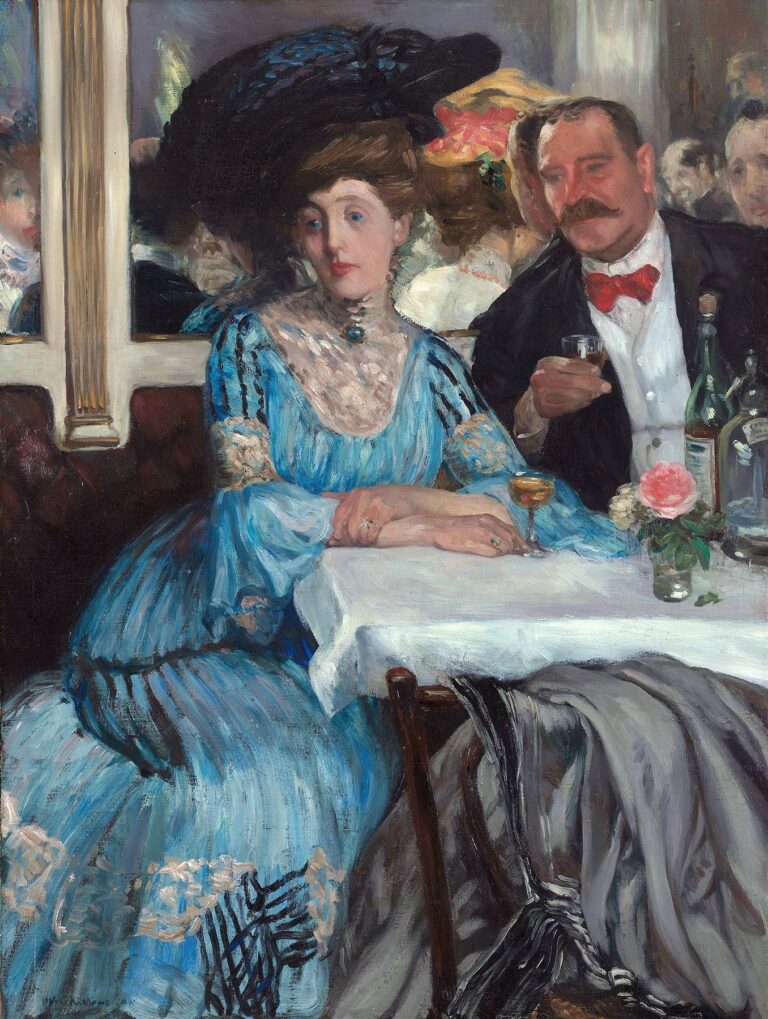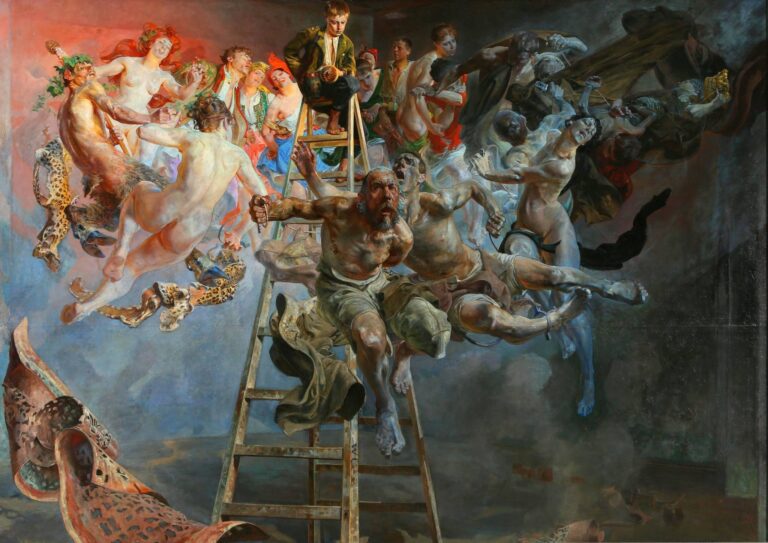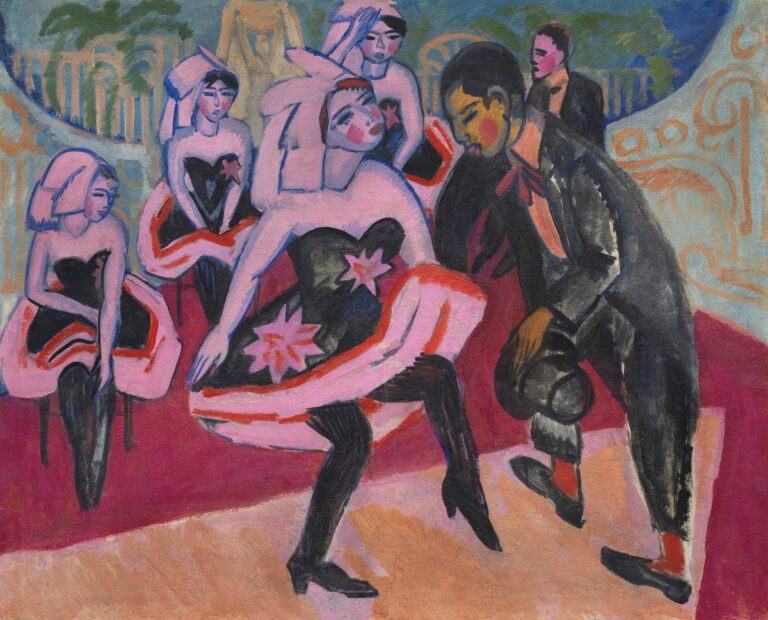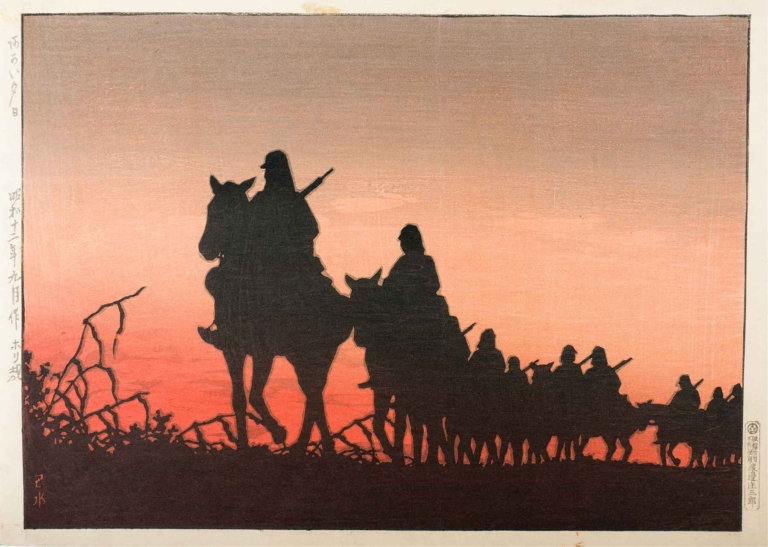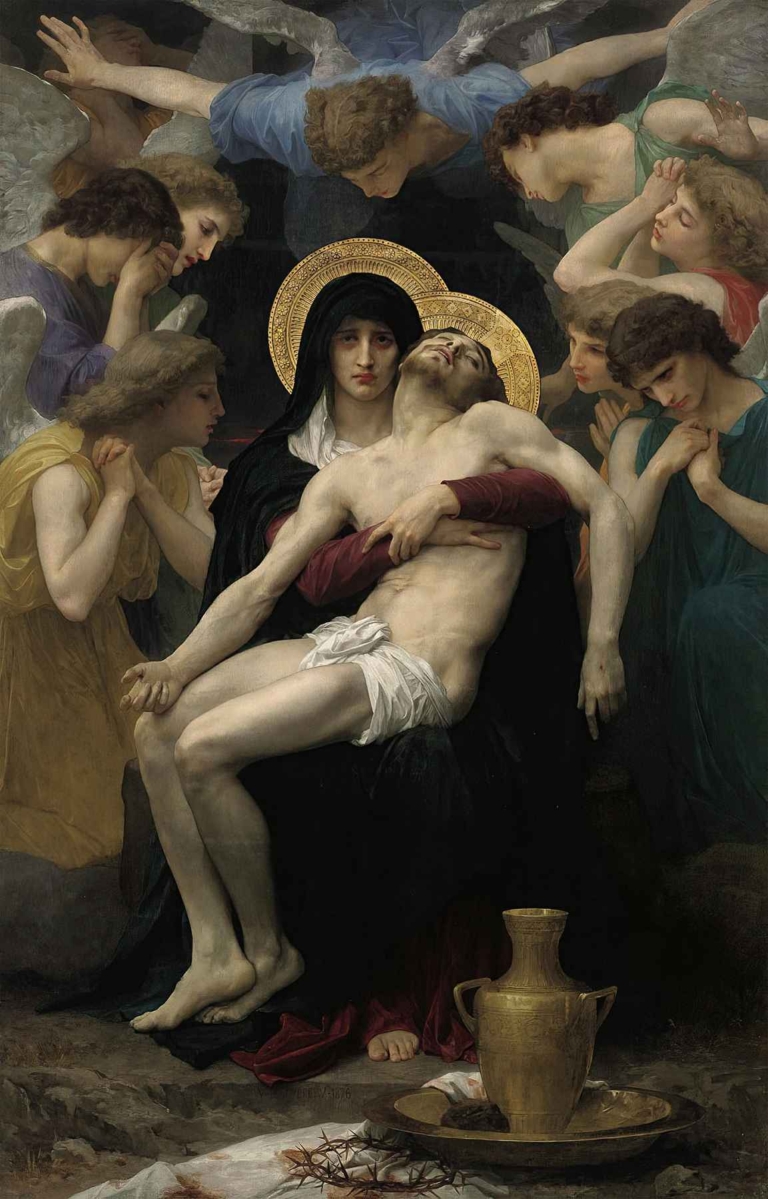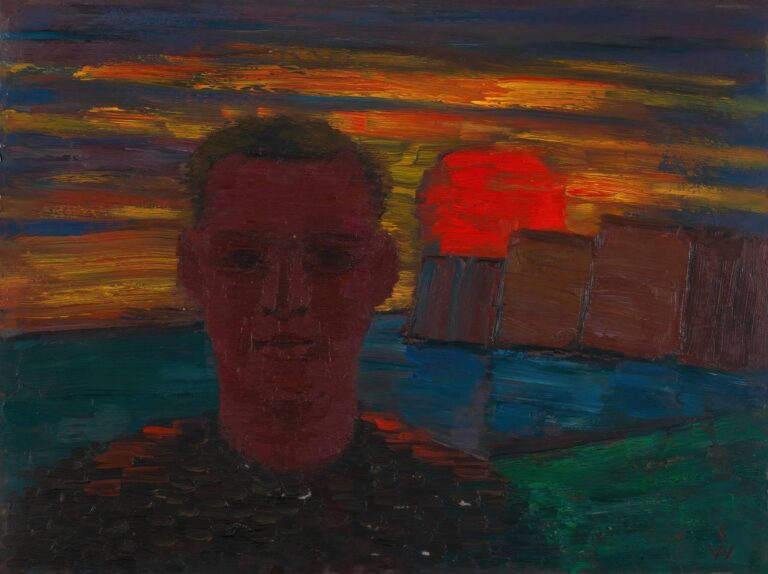
A Complete Analysis of “Male Portrait” by Karl Wiener
Karl Wiener’s “Male Portrait” is a brooding and symbolic painting that explores identity, isolation, and psychological depth through abstract form and vibrant color. This analysis unpacks the painting’s emotional layers, symbolic meaning, and place in Expressionist modernism, offering insight into one of the most enigmatic male portraits of the 20th century.
